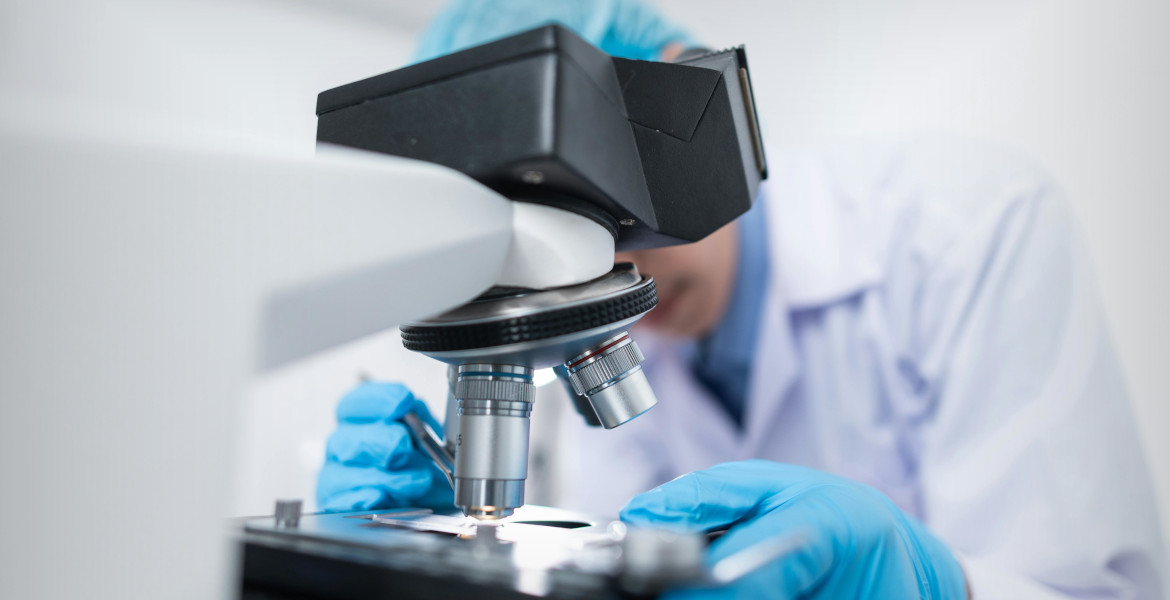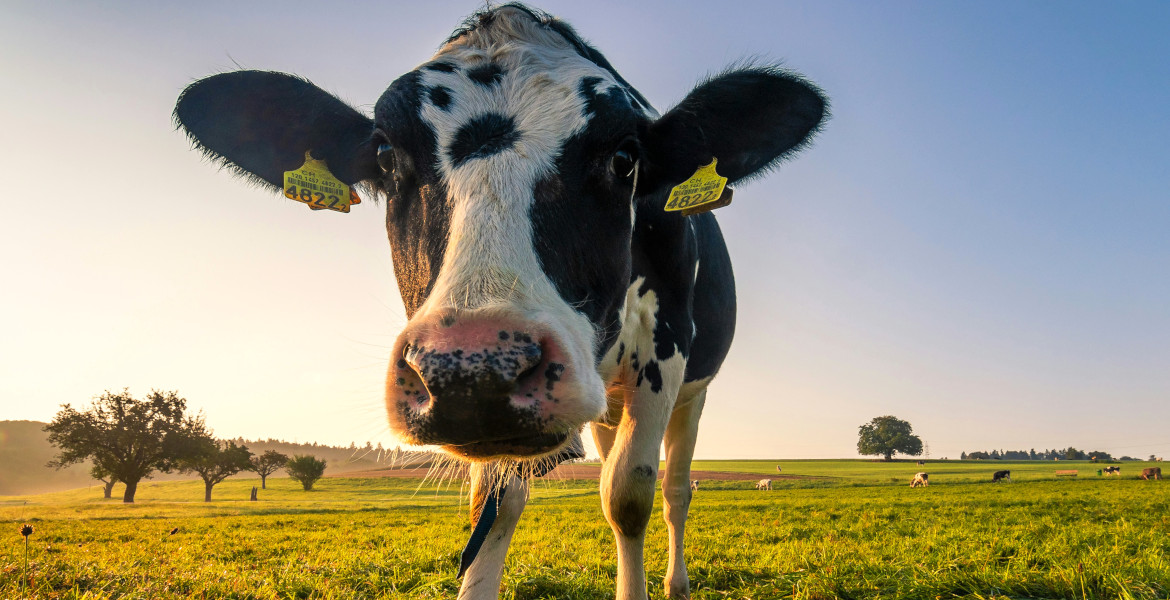Listening to your favorite music can reduce pain by up to a quarter, according to a Canadian study. More emotional music was found to be the most effective for pain relief.
Music therapy can distract attention from pain, reduce pain intensity, reduce stress and anxiety, and even promote a sense of control. For example, a review study published in 2021 found that music could be effective in reducing anxiety, depression, and pain in cancer patients.
Reduced sensitivity to pain (also known as hypoalgesia) can occur when the sensation of pain is disrupted between where it starts (stimuli) and where it is recognized as pain by the conscious mind, explains Mathieu Roy, co-author of the study.
- The effects generally range between a 10 to 20 percent reduction, so similar to anti-inflammatory drugs, for instance., he says, according to the health website Every Day Health.
Different types of music compared
In the McGill University study, published in the journal Frontiers, the researchers wanted to take a closer look at what kind of music best reduces pain. The researchers recruited 63 healthy participants, 49 women and 14 men, with an average age of 21. The participants were asked to bring two pieces of music with them, one being their "favorite music of all time" and the other being something they would take with them to a desert island.
Participants then experienced moderately painful thermal stimuli on the inner forearm in a controlled laboratory environment, resulting in a sensation similar to a hot teacup being held against the skin. While being exposed to the pain, different pieces of music, and sometimes no music at all, were played for about seven minutes.
– We compared two different types of music: relaxing music that was taken from a music therapy application that’s been proved to be effective in prior studies, and self-selected preferred music, says Roy.
Relatively large effect
They found that the music chosen by the study participants had a much larger effect on immediate pain relief than the unfamiliar relaxing music.
– We had 20 to 25 percent pain reduction for the self-selected preferred music — so that's a relatively large effect compared to around 10 percent for the relaxing music app that the participants did not choose, says the researcher.
Next, the participants were asked to describe and categorize the music they selected for the study. The songs fell into four basic categories: energizing/activating, happy/encouraging, soothing/relaxing, and moving/bittersweet. The songs that were more moving/bittersweet had a greater effect on pain relief compared to songs in the other categories. These songs also produced more "musical shivering," which is also thought to help with pain. Shivering can manifest as goosebumps and is a psychophysiological response that can occur when listening to music, for example.
Researchers believe that listening to favorite music, especially songs that evoke strong emotions, can be effective for many types of pain. This may not be the case for headaches, where people often prefer silence, but it may be helpful for other types of pain, explains Roy.





